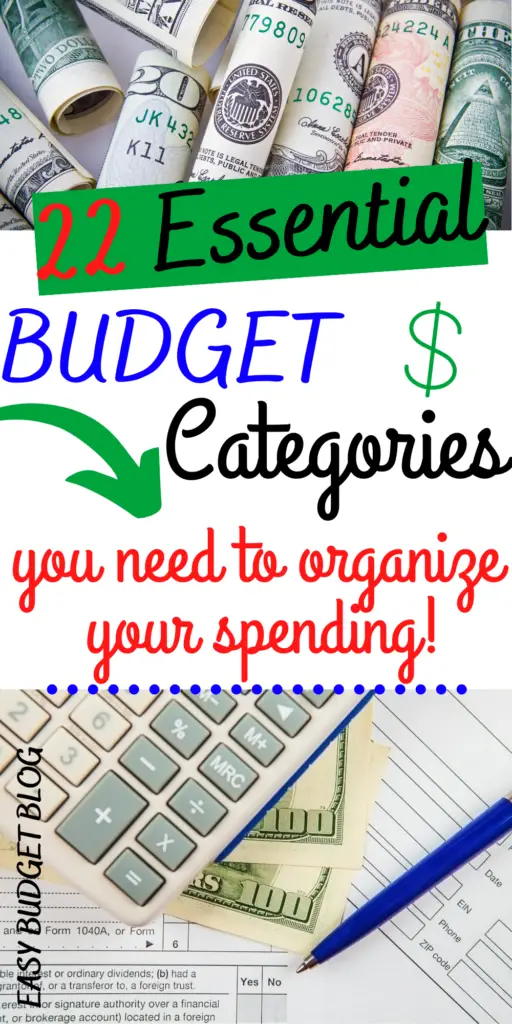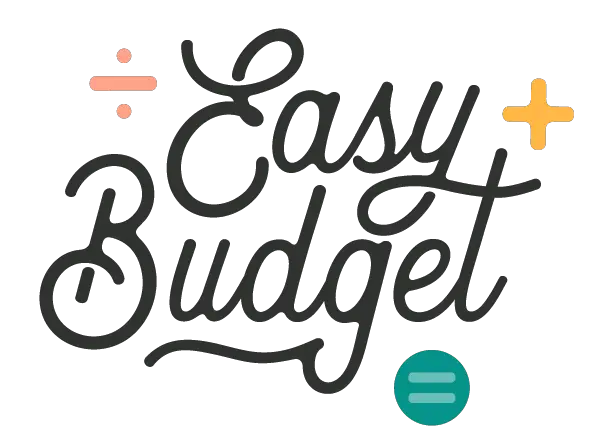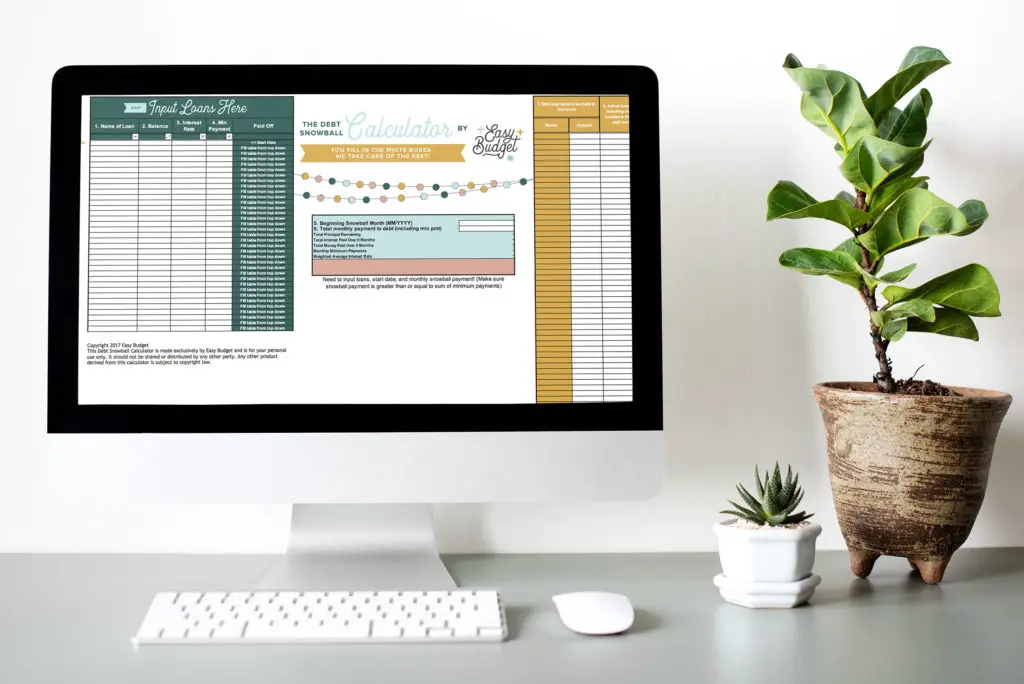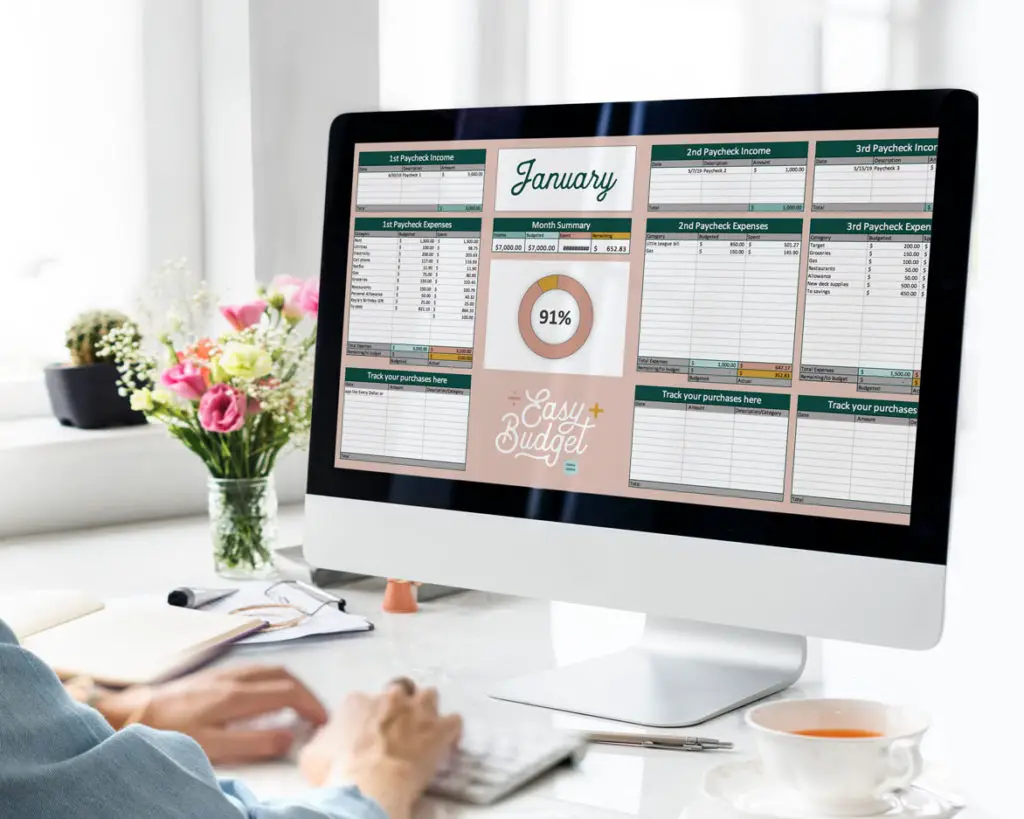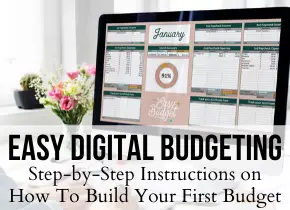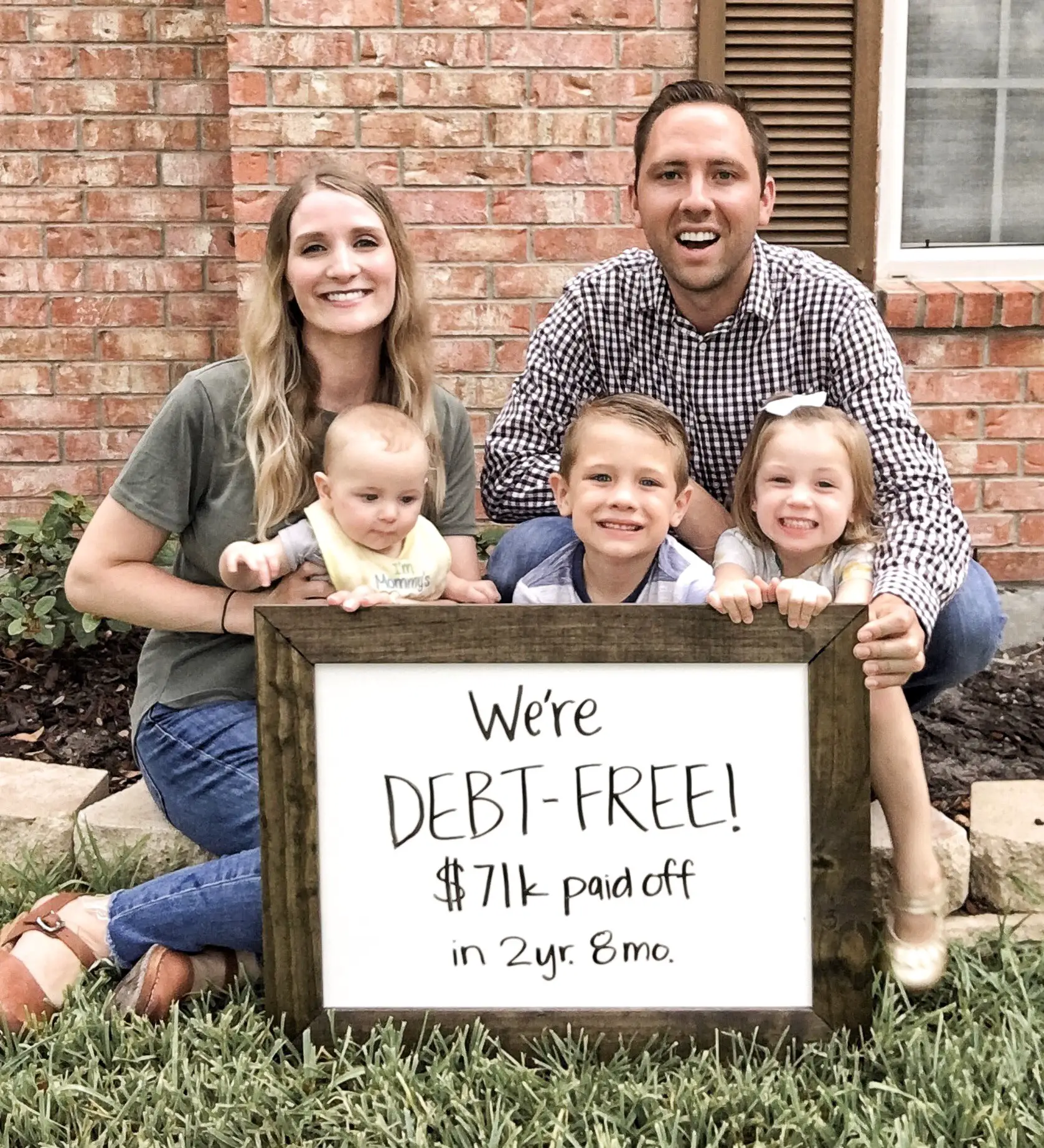This post may contain affiliate links where I earn a commission, at no additional cost to you, if you decide to make a purchase after clicking on a link. Please see our Disclosure Policy for full details. Thank you for your support!
Ready to start a budget but not sure which categories to start with to organize it? I’ve been budgeting for years and I know the 22 most essential budget categories you will need to organize all of your spending like a pro!
Today, I’m going to share them with you to help you get your budget set up for success.
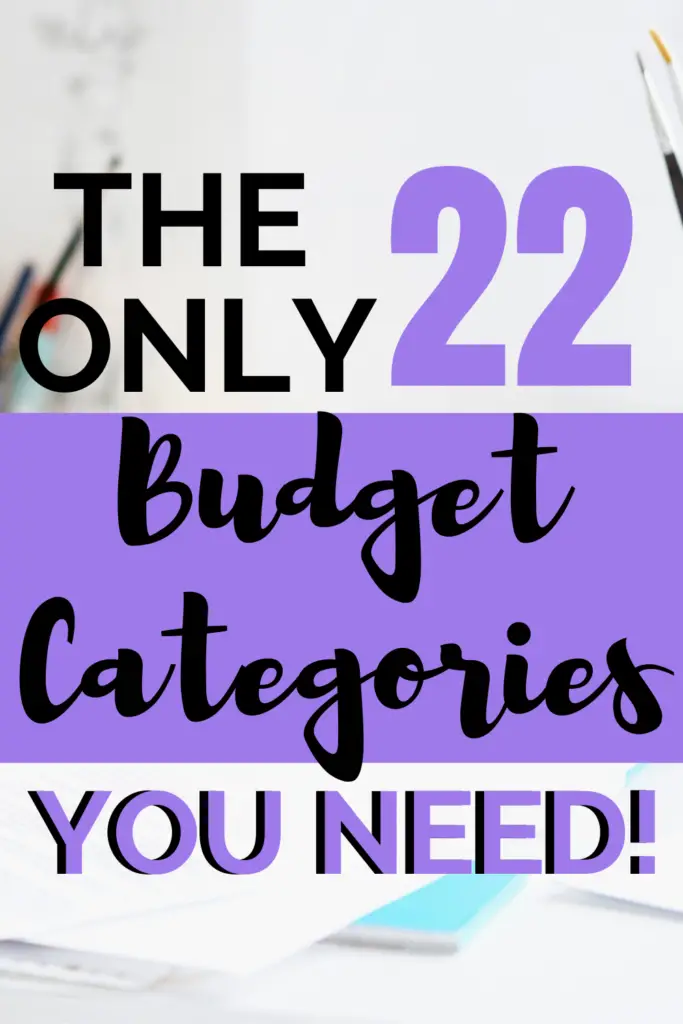
Understand the Three Sections Your Categories will Fall Under
Before we dive into what the budget categories are, understand that each category will fall into a broader section or type. There are 3 main types of expenses: Fixed expenses, variable expenses, and miscellaneous expenses.
Fixed expenses are all of your bills that are typically the same every month. Even your electricity bill should fall under fixed, though it may vary from season-to-season, because it’s a bill that operates under a contract that is set and fixed. Try to adjust your budget for these items each month if you know they will be higher or lower, otherwise they are typically pretty standard from month-to-month.
Variable expenses are those expenses that change quite a bit depending on your habits. This includes things like groceries, restaurants, personal money, etc.
Miscellaneous is for all the categories that are unique to the month you are budgeting for. For example, if it’s May, you may want to write in a budget category called “Mother’s Day.” You won’t have this category every month, but in May, you will. Every month, you will have a few Miscellaneous categories. It could be a holiday, a birthday, new tires, tree trimming, etc. All those things that you do need to create a budget category for but that don’t repeat each month will go under this section.
I label these sections on my budget and group categories under them to help me stay organized.
THE 22 ESSENTIAL BUDGET CATEGORIES
Now that we have the 3 major sections of budget categories laid out, let’s actually look at the 22 essential budget categories that fall under them!
FIXED:
Rent/Mortgage
Auto Insurance
Health Insurance
Life Insurance
Other Insurance
Subscriptions
Mobile Phone Bill
Internet
Utilities
Electricity
Childcare
Minimum Payments on All Debts
VARIABLE:
Groceries
Restaurants
Gas
Personal Allowance
Date Night
Clothing
Entertainment
Household
Haircuts/Grooming
Gifts
MISCELLANEOUS:
Mom’s Birthday Gift
New tires
New Office Chair
As I mentioned before, for the Miscellaneous section, write in a category for larger expenses unique to the month you are currently budgeting for that don’t tend to repeat. In the example above, I put in Mom’s Birthday gift, new tires, and a new office chair – big expenses that need their own category, but they won’t repeat next month.
You may need to make additional categories for any regular expenses you have that are unique and I haven’t listed here, i.e. child support, music lessons, etc. It’s okay to have categories that are completely unique to you!
You don’t want your categories to be too specific or too broad, or it will make categorizing your budget too complicated. I recommend around 25 categories or less each month.
Setting Up Your Budget
Now it’s time to actually use these budget categories to build a rock-solid monthly budget! I have a free spreadsheet you can download to get your budget built. Find that here:
You can also read my detailed instructions on how to build your budget from start to finish using this spreadsheet and my beloved zero-based method in my article How to Make a Budget: Step-by-Step Guide.
I hope you’re feeling more organized and ready to tackle your budget already! It can feel daunting to get a budget started at first, but it’s one of the most important steps in mastering your finances. It’s worth the effort!
Did these categories help you get your budget more organized? I sure hope so! Let me know in the comments!
Did you enjoy this post? Pin it to Pinterest so you can come back to it later! Thanks for sharing the love.
